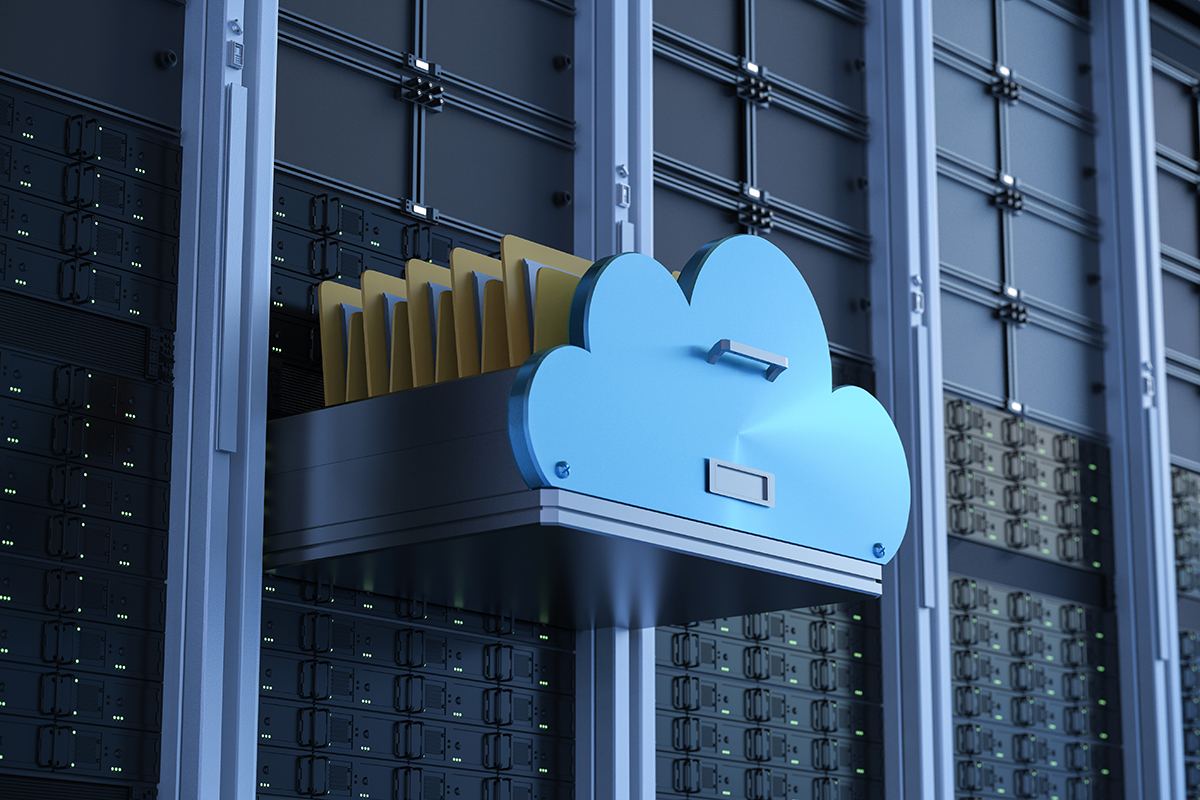
Keep Your Eyes on the Prize: Achieve Customer 360 through Salesforce Data Integration

When we engage with customers to update their Salesforce orgs, we often find that, even if they’ve been using the platform for a while, their customer data is scattered among many systems.
Some data lives in an enterprise resource management tool (ERP), some is in a customer relationship management (CRM) system, and yet more lives exclusively in another legacy system.
The problem with siloing data outside of Salesforce is that it forces employees to waste time and effort searching for information across these disparate systems. This, in turn, limits the ROI a company can get from its Salesforce org(s).
Here, we’ll look at the value of integrating data from different systems into Salesforce. (Hint: that’s how you achieve Customer 360.)
The Value of Surfacing Data within Salesforce
Data integration streamlines key business activities for your team. For example, without leaving Salesforce…
- An account manager can get a summary of all customer account activity to prepare for a quarterly review.
- Sales, marketing, and customer service teams can source the same pricing data to coordinate strategy for an upcoming business development meeting.
- A sales team member can find inventory data to make sure they can fulfill a large customer order.
These backend process improvements can boost your company’s productivity as a whole and ensure that your teams have all the information they need in one place.
Yet despite these benefits, some companies shy away from data integration because they believe they have data stored in too many systems and lack the resources to integrate them properly.
That’s where certified Salesforce Architects come in. These experts are trained to provide guidance throughout the process of integrating with the latest Salesforce data integration tools so that an organization can achieve Customer 360.
(Read more about how Salesforce Architects can help you achieve ROI faster.)
Create a “Single Pane of Glass” with Service Cloud
Here’s what Customer 360 might look like for agents in an organization’s contact center using Salesforce’s Service Cloud: During a customer call, an agent refers to the customer’s Salesforce profile to confirm account information, order data, and billing status.
The effect of having all this information (and more) within the Salesforce Service Cloud Console means that, during the call…
- The agent doesn’t have to toggle between multiple systems to access relevant information.
- Because they have all customer information on the single pane of glass, the agent is better focused on the customer’s questions and needs – which makes for a much better customer experience.
- The call goes quickly and smoothly, even when the customer asks about different aspects of their order – again, making for a great experience.
Service Cloud Console’s single pane of glass also offers bigger-picture benefits for the company. First, a reduction in agent training time. When Service Cloud is set up with the right data integrations, agents only need to learn one system to handle a variety of customer interactions.
Second, when contact center agents have data from across the organization at their fingertips, that data can guide their customer conversations. For example, data about a customer’s propensity to purchase a company’s product when they own a complementary product can guide agents to make the next best offer.
At scale, this turns the contact center into a revenue center.
So how can you bring all that data into your Salesforce org? One way is through APIs.
Enhance Your Salesforce Data Integrations Using APIs
One of the most helpful tools for integrating data into Salesforce is the application programming interface (API). APIs can connect more systems to Salesforce in real time and require fewer resources to build and manage than custom point-to-point connections or manual protocols.
The API approach ensures your team can work with the latest data around the clock. So when a partner calls in to check on the status of a shipment, your staff can confidently relay the right information while they still have that associate on the phone.
If you’ve never integrated data to Salesforce via API, consider the Mulesoft Anypoint Platform. We’ve found it to be one of the most effective Salesforce data integration tools. It’s part of the Salesforce product family and contains several features that simplify the integration process for people of all skill levels:
- Prebuilt APIs that can integrate common business applications like Oracle and Netsuite.
- An API Toolkit, which makes it possible to build proprietary APIs via drag-and-drop functions to integrate data from legacy systems.
Whatever information your team needs to operate effectively, Anypoint can bring it into Salesforce.
How Data Integration within Salesforce Enables Customer 360
Equipped with the right data on Salesforce, your team members can confidently manage customer inquiries and vendor requests without juggling multiple logins for different platforms.
Let’s say a customer wants to know what stage of the manufacturing process their most recent order is in. Without data integration, a customer experience representative would have to…
- Use their CRM to identify that customer’s order number, then
- Locate the order in the ERP.
And that’s a best-case scenario. In some cases, the rep would have to reach out to another team member for the information and get back to the customer later.
With live manufacturing data connected to Salesforce via an API, a team member can simply click a link on a customer’s account profile to see which steps are completed and what’s coming next. As a result, the customer gets accurate, real-time information as soon as they request it.
Data integrations enhance visibility and awareness around all your clients’ needs and activities to power Customer 360 for your company.
Make Salesforce a Single Source of Truth to Maximize ROI
You invest in Salesforce to strengthen customer relationships and generate more business. As such, your Salesforce orgs should contain all the information your sales, marketing, and customer support teams need to serve customers most effectively. At Apexon, our team of Salesforce Architects can help you connect your disparate data systems with Salesforce to maximize your Salesforce ROI. Contact our team today to have an exploratory conversation.




